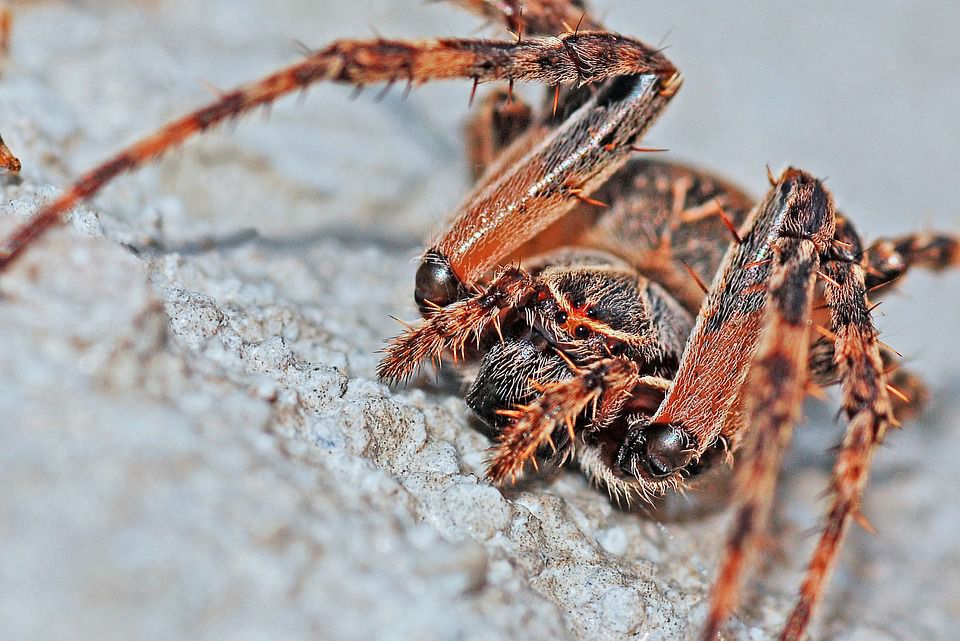

How do I manage symptoms of a brown recluse spider bite? If the wound is left untreated, the wound could result in an infection or scarring. What are the effects of a brown recluse bite?īrown recluse spider bites can cause wounds.
Ipicture of spider skin#

What would cause a brown recluse spider to bite?Ī brown recluse could bite you if you disturb its home. If the wound is untreated, it could lead to bruising, a blister, an open sore and scarring. How does a brown recluse bite affect my body?īrown recluse bites can cause redness, itchiness, pain and wounds. Spider bites, including bites by the brown recluse, cause only a few deaths per year in the U.S., usually in children. How common is a brown recluse spider bite?Īlmost all spiders have the ability to bite, but the fangs of most spiders are too small to penetrate human skin. Children, the elderly and those with preexisting medical conditions are most likely to have a severe reaction to the bite. The brown recluse spider is not aggressive but will bite anyone if it feels threatened. They can be found in boxes, in unworn clothing and shoes, in corners of a home and in crevices such as in an attic, crawl space, basement or closet.

Indoors, brown recluse spiders could live in any area that has not been disturbed. Outdoors, brown recluse spiders can be found near rocks, utility boxes, near woodpiles and under bark. The brown recluse spider prefers to live in warm, dry and dark places. Where does a brown recluse spider live?īrown recluse spiders can be found in the southeastern and midwestern U.S. Younger spiders or those that have just molted won’t have the violin marking.

The brown recluse spider is an eight-legged arachnid that is tan to dark brown in color, with a violin marking on its back that can range anywhere from 1/4 inch to 1/2 inch long.


 0 kommentar(er)
0 kommentar(er)
